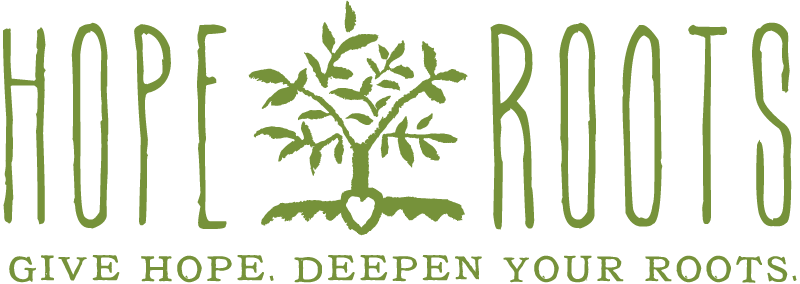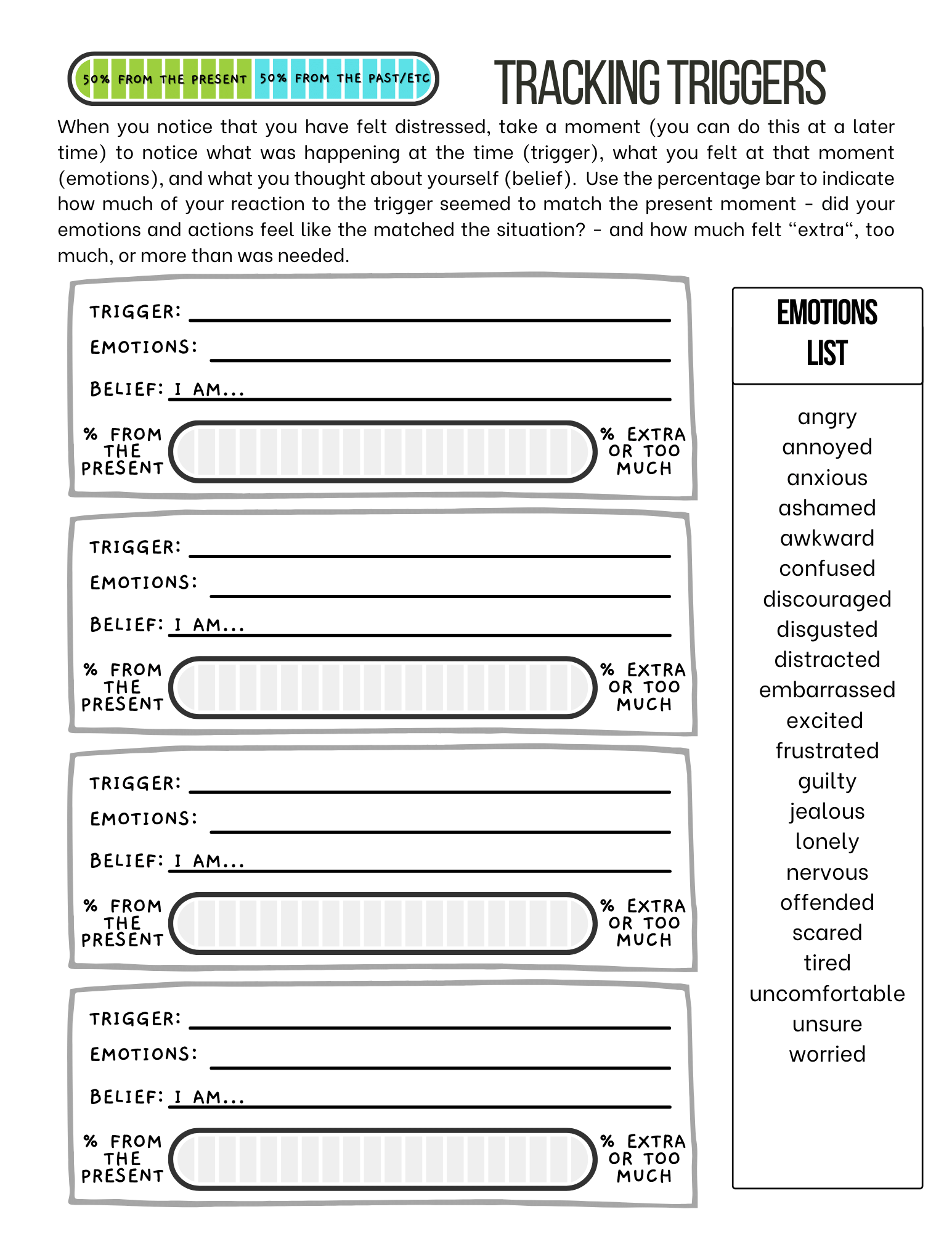“A traumatic event,” says Audi Kolber, “includes anything that overwhelms a person’s nervous system and ability to cope.”
Scary, dangerous, or shocking - traumatic events such as the experience of violence, serious accidents, illness, or natural disasters can challenge people’s coping skills and result in on-going physical, emotional, and mental health challenges. They are surprisingly common - with roughly 70% of American adults reporting they’ve experienced at least one traumatic event.
The trauma left behind by an overwhelming event remains in the body as “the residue of imprints left behind in people’s sensory and hormonal systems” . Trauma can occur in a single event, such as being held-up at knife point or being involved in a serious accident. It can also be the result of repeated events, such as sexual abuse or being in a war zone. This is sometimes referred to as chronic trauma.
Once someone has experienced a traumatic event, their reactions will vary in length and intensity. One person may show signs of trauma immediately while someone else might not show signs for weeks or even months after the event. Difficulty concentrating, intrusive thoughts about the traumatic event, insomnia or sleep disruptions, and feelings of anxiety, sadness, or anger are all common and natural responses to a traumatic event. Physically, a person may feel as though they are unable to calm down. Generally, these responses decrease over time and do not continue to interfere with normal life.
However, sometimes people who’ve experienced trauma need extra support and help to deal with the effects of the event. The emotional responses might remain overwhelming or the person might begin to experience flashbacks, nightmares, and feel the need to avoid places or people tied to the traumatic memories. The person may feel physically “stuck” or frozen - as if the body is still responding to the past traumatic event. They may respond to new events as though the previous traumatic event is recurring. Responses to traumatic events sometimes serve to isolate the affected person which can interfere with their ability to access support and help.
Children often show different responses to trauma. Especially in young children, these can include losing the ability to speak, experiencing unusual distress when separated from a parent or other trusted adult, regression in the use of the toilet, and re-enacting the traumatic event in their play. Older children and teenagers may respond to trauma more like adults in addition to acting out with destructive or disrespectful behavior.
Not everyone who undergoes a traumatic experience will face on-going symptoms. However, people facing on-going stress or repeated trauma, someone with a mental health condition, or those who are isolated from a supportive network of family and friends are more likely to develop on-going or severe reactions to trauma. There is also some research that suggests there are genetic factors that influence how trauma affects an individual.
Trauma-informed yoga and other body-based practices provide a way for people to help their bodies move out of the response patterns that hold onto trauma. Through breathwork and mindful movement, people learn to sit with their body’s sensations - noticing that discomfort has an ending and that physical reaction can be calmed and controlled. Please visit our training page for information about trauma-informed retreats and workshops for you or your organization.
When someone needs extra support to cope with a traumatic event, it’s important they can find someone in their community who is knowledgeable, supportive, and sympathetic. Hope Roots provides training for professionals and non-professionals who serve as caregivers for those who’ve experienced trauma. Please consider donating to Hope Roots so we can continue to give scholarships and develop resources for caregivers. Visit our Projects page to learn more.




